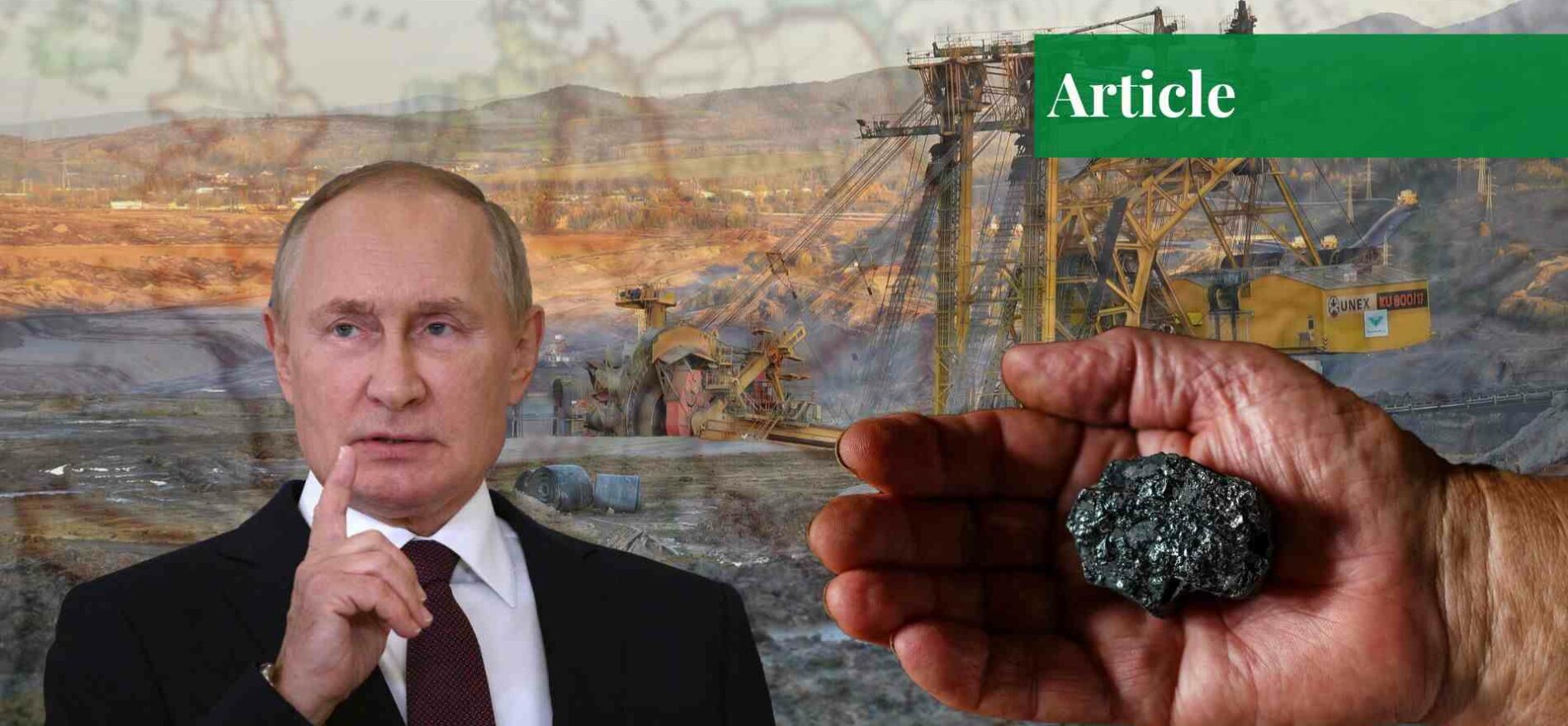Ms Abrish Nayyar is a student of BS Mass Communications at the National University of Sciences and Technology (NUST). Her subjects of interest are the history of the subcontinent, sociology, and mass media.
Comparing Germany & Its Counterparts
Due to an energy crisis brought on by Russian gas restrictions, Germany is being forced to resort to using coal in order to create enough energy to sustain it during the harsh winters. According to Rystad Energy, the country’s generation of coal-fired electricity exceeded the production of other European nations by 18.2%, suggesting an expedited switch to an alternate fuel source as energy supplies become scarce.
In addition to Germany, its neighboring countries like Austria, the Netherlands, and Italy are also considering reverting to using coal as their primary source of energy. However, in comparison to Germany, their transition may prove more difficult. For instance, Austria shut down its final coal-fired power plant in 2020 as part of a strategy to reduce the use of fossil fuels with a high carbon footprint.
Meanwhile, Germany still has a sizable number of existing coal plants that could be restarted, despite shutting down numerous coal plants in recent years and planning to close all of them by 2030 as part of the effort to reduce carbonization. Rystad Energy‘s analyst, Fabian Rnningen, stated, “Some of them are in reserve so they’re not entirely decommissioned or shut down completely and it will be feasible to reactivate [the plants] at reasonably short notice.”
The company further went on to note that the global coal market still proves to be extremely competitive, making it more difficult for other nations to switch to using coal for energy. In July, the International Energy Agency cautioned that crimped energy imports from Russia meant that the global thermal coal market was projected to be “very tight” in the third and fourth quarters of this year.
Dependency on Coal
According to the government, until the use of hydrogen and other emission-free technologies is implemented within this decade, the production of steel is entirely dependent on such industrial coal. Jan Christian Vestre, the minister of trade and industry, stated that there is “conflict” and “grave uncertainty” regarding access to essential raw resources. This statement holds weight for European steel production as well, on which the masses are heavily dependent.
As the energy crisis in Europe takes a turn for the worse, European purchasers have been forced to temporarily set aside their environment-preserving ideals in a rush for coal, increasing exports from Australia, South America, Colombia, and South Africa while tightening the worldwide market.
After a 10-day interruption, Russia has resumed providing gas through its largest pipeline en route to Germany, alleviating some of the immediate supply concerns in Europe, but not enough to eliminate the prospect of rationing to deal with possible winter shortages.
Almost 70% of the thermal coal used in power generation is imported into Europe from Russia. However, starting in the middle of August, an EU ban on Russian coal imports will be in effect, requiring a replacement supply. In order to comply with pollution restrictions and climate targets, Europe has been weaning itself off of thermal coal, which is one of the energy sources with the highest carbon content.
Up until March 2024, Germany is attempting to extend the life of 10 GW of idled coal capacity. If enough coal can be sourced in, Poland and, to a lesser extent, Germany, can run coal plants at full capacity in place of the gas used by gas-fired power plants, according to a report from ING bank. According to analysts, the 27-nation EU region along with the UK will import 43% more thermal coal than they did this year, releasing an additional 10 million tonnes of CO2 into the environment.
Thermal Coal Imports
European consumers have a preference for particular grades of Russian coal. Due to domestic demand and worldwide supply rivalry, producers like Australia, the United States, Colombia, and South Africa can provide such grades, but they might not be able to completely bridge the gap.
European countries imported 7.9 million tonnes of thermal coal in June, more than doubling year over year, but less than 2 million tonnes than in April and May, according to seaborne statistics based on ship tracking by ship broker, Braemar. Despite severe rains halting the production, imports from Colombia reached 1.2 million tonnes in June, compared to a measly 287,000 tonnes in June of the previous year, Braemar data revealed.
In recent months, European consumers have started to source thermal coal from Australia. The greatest volume of thermal coal import ever recorded was in June, which totaled around 1.1 million tonnes. United States imports totaled 618,000 tonnes in June, up 27.9% year over year but down 62.7% month over month, which was at their lowest level since January.
As miners continued to relieve railway congestion throughout the nation, about 854,000 tonnes arrived from South Africa in June as opposed to no shipments in June of the previous year. According to Braemar data, Russian imports into European nations have already started to descend and hit 2.3 million tonnes in June, which was the lowest level recorded in the previous 12 months.
The Long-Term Effects
Although switching back to coal may seem like the smarter move for now, Europe needs to consider the consequences of its decisions. Particularly, how they will hasten the speed of environmental destruction, especially in the global South. Countries in the South are being ravaged by one natural disaster after the other, despite contributing to less than 1% of carbon emissions that have contributed to the decline of the planet.
If you want to submit your articles/research papers/book reviews, please check the Submissions page.
The views and opinions expressed in this article/paper are the author’s own and do not necessarily reflect the editorial position of Paradigm Shift.


















